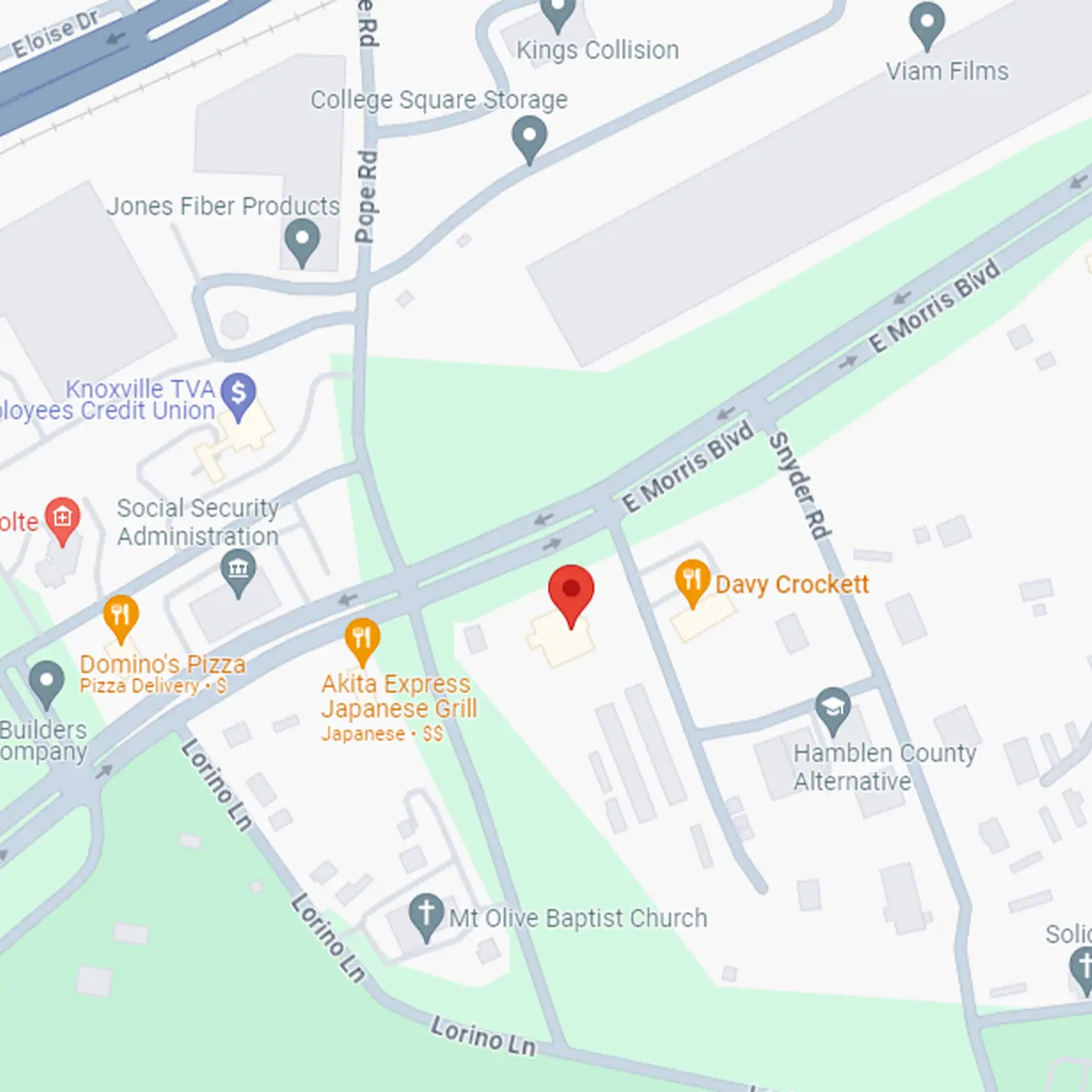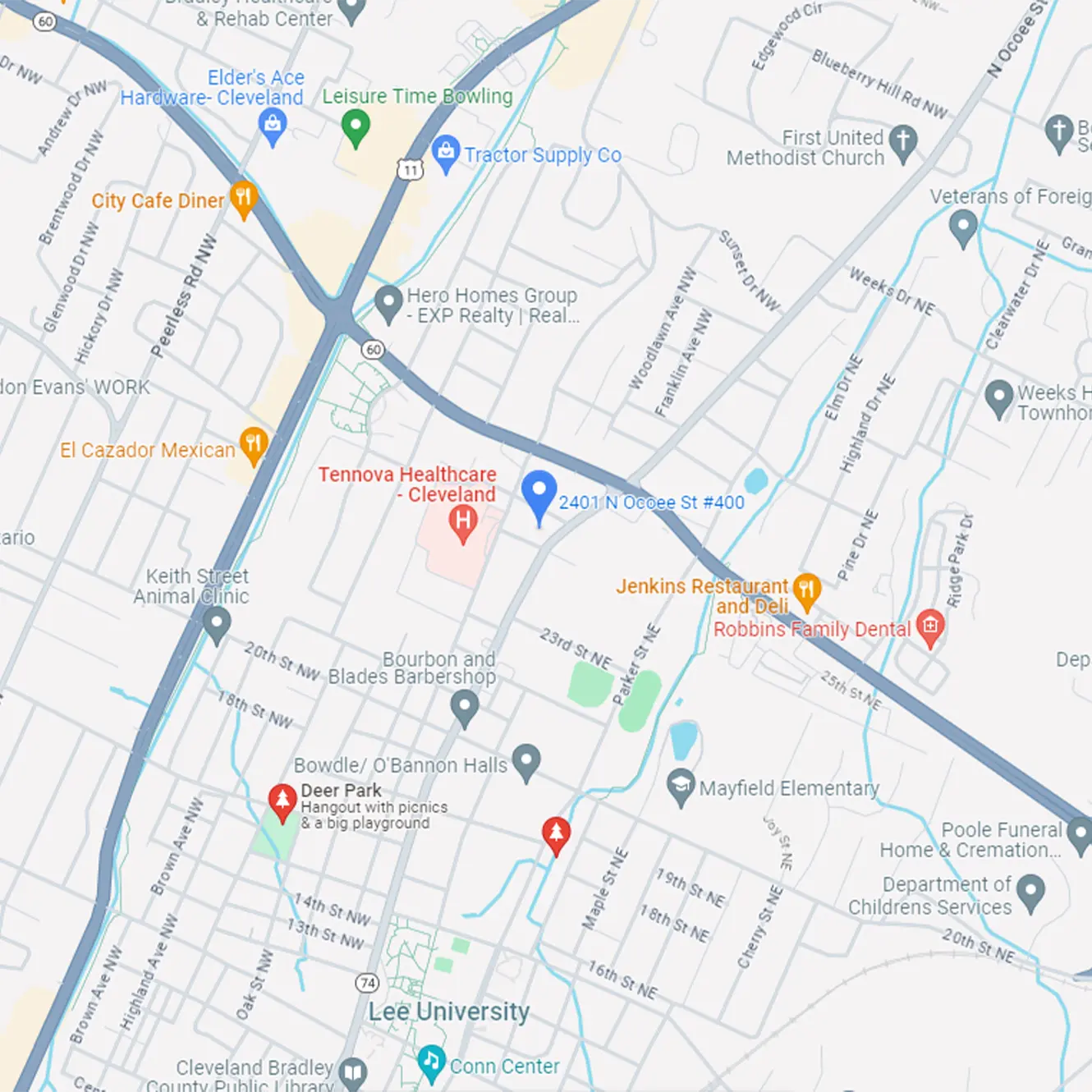Helicobacter pylori, usually called H. pylori in clinical settings, is a type of bacteria commonly found in the stomach. About 30-40% of people in the U.S. get an H. pylori infection at some point in their lives while up to 50% of the world’s population may have an H. pylori infection at least once in their lifetime. H. pylori infections commonly occur during childhood. These infections can damage the protective lining of the stomach and small intestines making it easy for acid in the stomach to create sores called peptic ulcers and for the stomach to become inflamed (called gastritis). H. pylori infections can lead to a higher risk of developing stomach cancer and may also be associated with a gallbladder disorder called biliary dyskinesia.
Causes
Doctors and researchers still do not know exactly how H. pylori infections start and spread to different people. It is thought that people who share living spaces, bathrooms, and food with someone who has an H. pylori infection may be at risk for developing an infection too. Family members may become infected with H. pylori without having any symptoms. Doctors usually recognize H. pylori infections by discovering that a patient has an ulcer or inflamed stomach and then finding out why they have that condition. It is known that most ulcers are caused by either H. pylori or long-term use of aspirin or ibuprofen, so it is important that doctor test for H. pylori when an ulcer is present.
Symptoms
Some people infected with H. pylori may never have symptoms. Others may experience some of the following:
- Abdominal pain
- Nausea
- Vomiting
- Diarrhea
- Reflux
- Feeling full and bloated after eating food
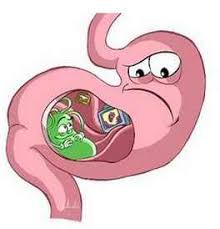
Testing/Diagnosis
There are several tests available to check for H pylori infection:
Blood test – A blood sample may show if a patient had ever been exposed to H. pylori through either an active infection or a past infection. Although blood testing can help to show if a patient has ever had H. pylori, breath testing, stool testing, and scope testing are better ways to determine if a patient has an active H. pylori infection.
Breath test – Breath tests, also known as urea breath tests, require that the patient swallow a pill, liquid, or pudding containing a special substance that can be broken down by H. pylori bacteria in the stomach. The broken down products can be detected in the patient’s breath just a few minutes after they’ve taken the pill. Sometimes acid reducing medications such as omeprazole (Prilosec), lansoprazole (Prevacid), pantoprazole (Protonix), ranitidine (Zantac), and cimetidine (Tagamet) can cause false negatives during a urea breath test.
At GI For Kids, we use PYtest in the office to test for H. pylori. This test has positive predictive value of 100% and a negative predictive value of 98%. The patient will swallow a small capsule, blow up a balloon, our staff will test the breath captured in the balloon, and the patient will have a result in about 15 minutes.
Stool test – A stool sample is taken and tested for H. pylori proteins, called antigens, to see if these are present in the patient’s GI system. Antigens are substances that trigger the immune system to fight infections. Acid reducing medications can also cause false negatives in a stool test.
Scope tests: Upper Endoscopy – This test is the gold standard in diagnosing an H. pylori infection. During this exam, a scope is used by the doctor to check for ulcers or irritation in the stomach. Nodular gastritis (see image), which is a type of bumpy inflammation of the stomach, is a classic finding of an H. pylori infection of the stomach. The doctor may take a small piece of tissue (or several pieces of tissue), called a biopsy, from the upper GI tract or stomach to test for H. pylori presence. The samples of tissue are stained in a laboratory using specialized chemicals and are analyzed by a doctor to determine if H. pylori is present.
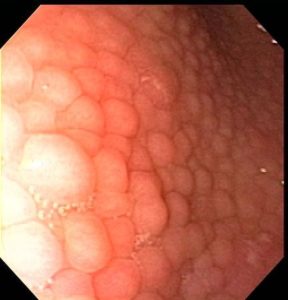
Treatment
Treatment for H. pylori includes a combination of different medications. The doctor will prescribe several of the following medications:
Antibiotics – At least two different antibiotics at a time are used to treat H. pylori infections over the course of two weeks. Two are used just in case H. pylori is resistant to one of them. Some commonly prescribed antibiotics are metronidazole (Flagyl) and clarithromycin (Biaxin)
Acid-reducing medicine – Medications that are used to decrease the levels of acid in the stomach, making it easier for the stomach to heal. These medications are to be taken over a one-month period of time. Some examples of different acid-reducing medications the doctor might prescribe are pantoprazole (Prevacid), omeprazole (Prilosec), pantoprazole (Protonix), ranitidine (Zantac) and cimetidine (Tagamet).
Pepto-Bismol – This medication coats the ulcer and stomach lining and protects it from stomach acid
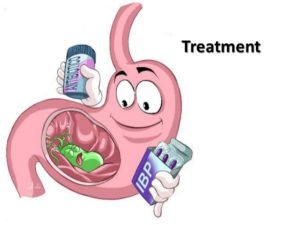
Six weeks after treatment is completed, the patient will take another breath test to ensure that the infection is no longer present. It is very important that the patient follow the doctor’s instructions on taking the prescribed medication, including taking all medication for the entire length of time to ensure the bacteria are killed and that the stomach can heal. The doctor may recommend that the patient’s family members be tested and treated for the infection as well.
Sophia Cook











